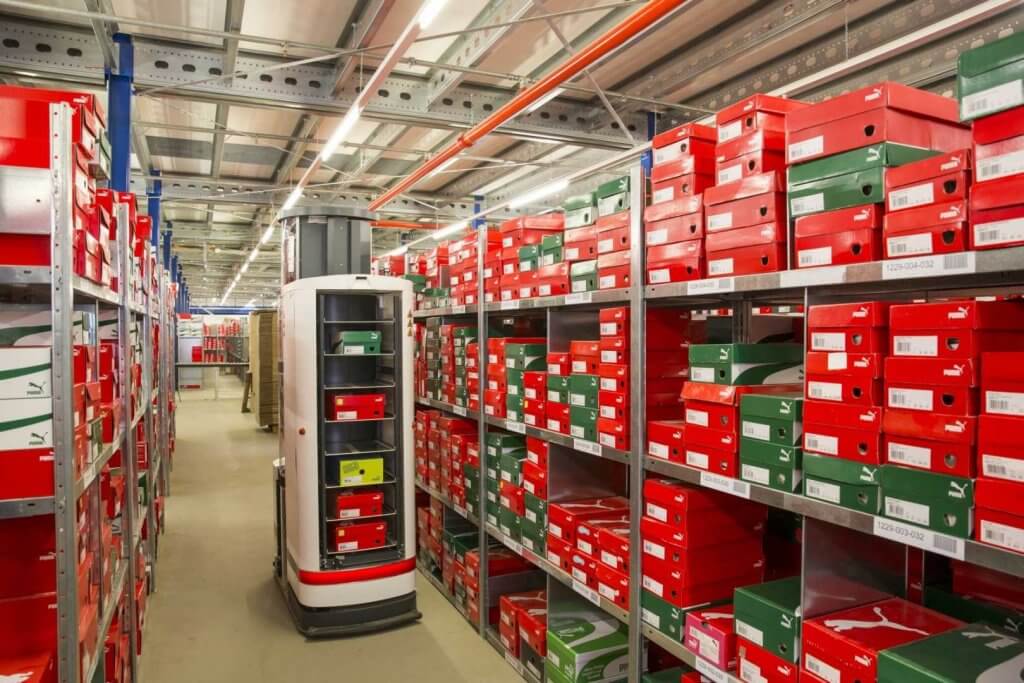Written by Retail Assist
SubscribeEver wished you had 100% visibility of your inventory – in real time?
Always wished your merchandisers were able to effectively ensure products are in the right place at the right time?
Need to confidently fulfil customer demands without inflating inventory in order to maximise stock turn?
Want to have fewer mark-downs by optimising stock levels to allow you to fulfil your customer demand with fewer stock outs?
I’m sure the answer is yes to all of the above. Who said logistics was easy in this age of omnichannel retailing?
Driven by increasing consumer demand and higher expectations, it’s in the supply chain where some of the most exciting innovations, as well as sound, solid business process improvement can be found.
Increasingly defined by their final mile delivery capability, retail brands have quickly realised the fact that their supply chain is not only the beating heart of their business, but the biggest opportunity to deliver another great customer experience.
Let’s take a few scenarios.
It’s the World Cup, England are playing and so what does that mean?
Well, apart from the now traditional disappointment and frustration, sales of beer are likely to go through the roof. But you’re prepared, you checked the England fixtures weeks ago and stocked up, job done.
OK so that’s a pretty easy one; not too difficult to predict demand for certain lines in such a scenario (excepting that you forgot the Kleenex to mop up all those tears when we’re knocked out…again!)
But maybe a little trickier to predict and plan across the entire business and across the entire year.
But that’s exactly what is required in this world of omnichannel retailing. The ability to not only predict demand at any time, in any scenario at any location but have the capability to move stock around proactively in order to satisfy that demand.

Intelligent robots – coming soon to a warehouse near you
We’re all familiar with the humble goldfish and its attention span of just nine seconds. It used to be a source of amusement, regularly mocked.
That is until now.
We are living in an age not only of unprecedented change but of unprecedented social behaviour; the ‘Uberisation’ of society if you will, as personified by apps such as Tinder. Never has it been easier to meet people; after all, why bother to spend time getting to know someone when you can simply swipe right in just a couple of seconds?
And it is this which is now so critical to omnichannel retailing.
If you’ve got teenage children you’ll know that in reality a goldfish’s attention span far surpasses theirs at a whopping nine seconds!
So if you’re marketing to millennials and especially Generation Z you need to appreciate how they operate.
Bouncing between three and five screens at a time, their attention span is less than eight seconds.
So what does this mean for an omnichannel supply chain?
In short; you’d better have that top, that shirt, those pair of shoes, in stock, in the right size and colour – because if not, they move on in the blink of an eye.
Once a back office function consisting mainly of sheds and trucks, supply chains are now, of course, central to any retailers’ omnichannel solution.
In so many ways, omnichannel supply chains are made for technology, whether it be artificial intelligence woven into the inventory management systems or robots in the warehouse, one thing’s for certain; managing logistics has never been more important than now.
Take PUMA for example; using a new intelligent warehouse robot, dubbed ‘TORU’, at its logistics centre in Schwaig, Germany, PUMA has created what it claims is the world’s first intelligent warehouse.
Reportedly, TORU, unlike other robots, can pick up individual items and place them on the shelf or take to the shipping station.
However, the most exciting aspect of this project is that TORU was built as a perception-controlled robot. In other words, thanks to the use of cameras, computer vision, numerous sensors, and artificial intelligence (AI), it can perceive and interpret its environment and make decisions on that basis.
This allows TORU to not only work alongside humans but to learn independently.
But supply chain innovation is not all about robots or AI, in this blog from Kenco, it is reported that 85% of supply chain leaders define innovation as “process improvements” or “business model innovation.”
In other words, whilst supply chain leaders will continue to push the boundaries of what technology innovation can do for their businesses, “the real and meaningful impact will come from the widespread deployment of technologies and processes that have been proven and tested”.
So, if you regularly suffer from stock outs and excessive mark downs it might be time to consider an omnichannel supply chain which has a single view of stock, 100% of the time – in real time.
It’s doubtful that your customers are goldfish but in one way in particular, just remember that they have a propensity to act like one.
Written by Retail Assist
Share this post
SubscribeWe think you might like these posts too
© 2025 Retail Assist Limited. The Hub Floor 5A, 40 Friar Lane, Nottingham, NG1 6DQ.
Registered in England. Company number: 03790674
info@retail-assist.com | +44 (0)115 904 2777
Website Designed & Built by we are CODA